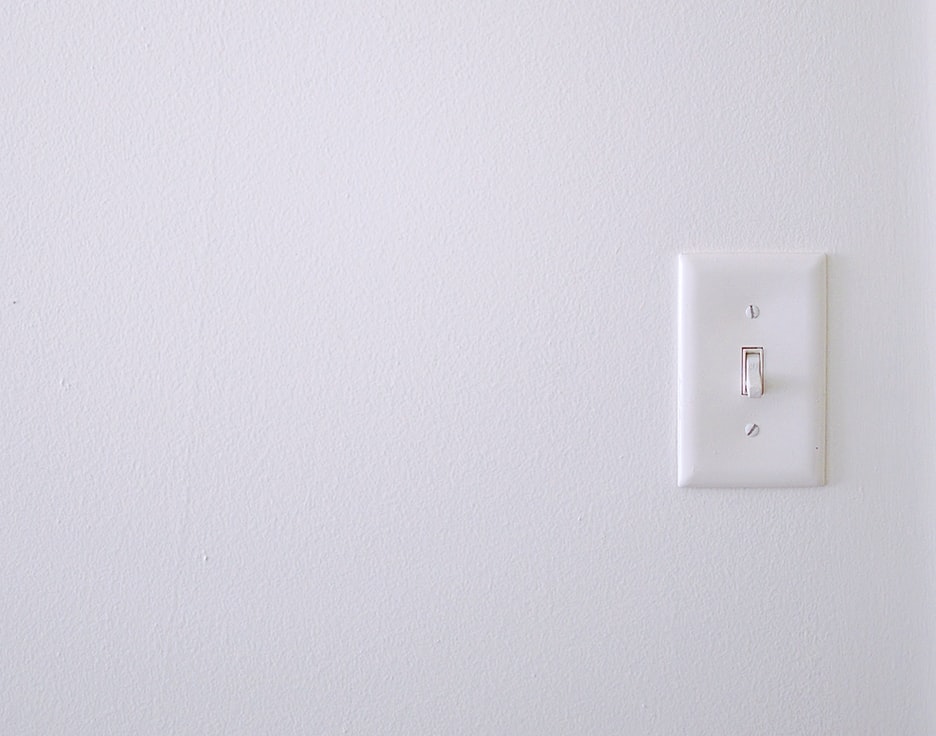The pandemic hit the US later than many countries in Europe, and yet many parts of the US are quicker to reopen than European countries. This might end up being a costly decision, as the number of cases was still growing before the lockdown relaxation, a new study concludes.

We can’t be in lockdown forever — that much is clear. But the strategy to relax the lockdown can make the difference between a relatively calm situation and one that spirals completely out of control.
The current epidemiological guidance about lockdown relaxation largely rests on a very important number: R0.
An epidemiological dimmer switch
R0 (R zero) is the “basic reproduction number”, and it’s essentially saying this: for every person that has the disease, how many new people get the disease? If the R0 is 1, then for every person who has an infectious disease, a new one becomes infected, and the number of infections remains constant. If it is lower than 1, then the number of infections is decreasing, and if it is over 1, the number is increasing in the population.
The goal with the lockdown is, as we’ve all heard before, to flatten the curve: to make sure that the infections don’t run out of control and overcome medical capacity. In all places that have implemented a lockdown, the number of cases has stabilized and decreased — after a while.
Because it takes a couple of weeks for the disease to set in and because so many cases are asymptomatic, you won’t see results tomorrow if you implement a lockdown today. It took many European countries two months of intense lockdown to reduce R0 to an acceptable range.
Then, once this is done, it’s not like you can just return everything to normal. It’s not like turning the light on and off — instead, it’s more like a dimmer switch that you gradually adjust as the cases increase or decrease.

But in some parts of the US, the light hasn’t even been dimmed down seriously, and it’s being turned back on.
According to a new model by Imperial College London, the number of cases could surge as a result in several US states.
Switching on prematurely
“Our results suggest that while the US has substantially reduced its reproduction numbers in all states, there is little evidence that the epidemic is under control in the majority of states,” the study reads.
According to the model, if lockdowns are eased and people are allowed to travel and move about freely again, there is a good chance of the disease taking off in different hotspots. A
The study found that 9 states haven’t even reduced the R0 number under 1 — in other words, infections are still on the rise. Also, with a confidence level of 50%, the researchers also found 25 states where R0 is over 1.
In other words, 9 states still have infections on the rise, whereas about half of all US states have a fairly stable R0, very close to the range of 1. Texas, Arizona, Illinois, Colorado, and Ohio are at the highest risk in the new model.

The US currently has 1,700,000 confirmed coronavirus cases. The number of new cases has been decreasing overall in the country over the past few weeks, but this can create a misleading picture as the trend isn’t generalized. For instance, much of the overall national progress is represented by the state of New York finally bringing the infection under control.
When a lockdown is relaxed, you expect the number of new infections to grow. So the idea is to start from an R0 that’s under 1, so when the lockdown is relaxed, it grows to 1 — but not beyond that, because that’s when things start to spiral.
“Without changes in behaviour that result in reduced transmission, or interventions such as increased testing that limit transmission, new infections of COVID-19 are likely to persist, and, in the majority of states, grow.”
Of course, as we’ve already learned over the course of this pandemic, models aren’t perfect. The model doesn’t account for behavioral changes and contact tracing, and every model is subject to the suppositions implemented into it.
But the cautionary tale is simple: many states are hardly in a position to justify relaxation, and this could end up being a very costly decision.
This is just the first wave of infections. There will almost certainly be a subsequent wave or several waves. As we’ve already seen in previous pandemics, the second wave can strike much harder than the first, and -premature relaxation can do more harm than good.
The study can be read here. It has not been peer-reviewed yet.






